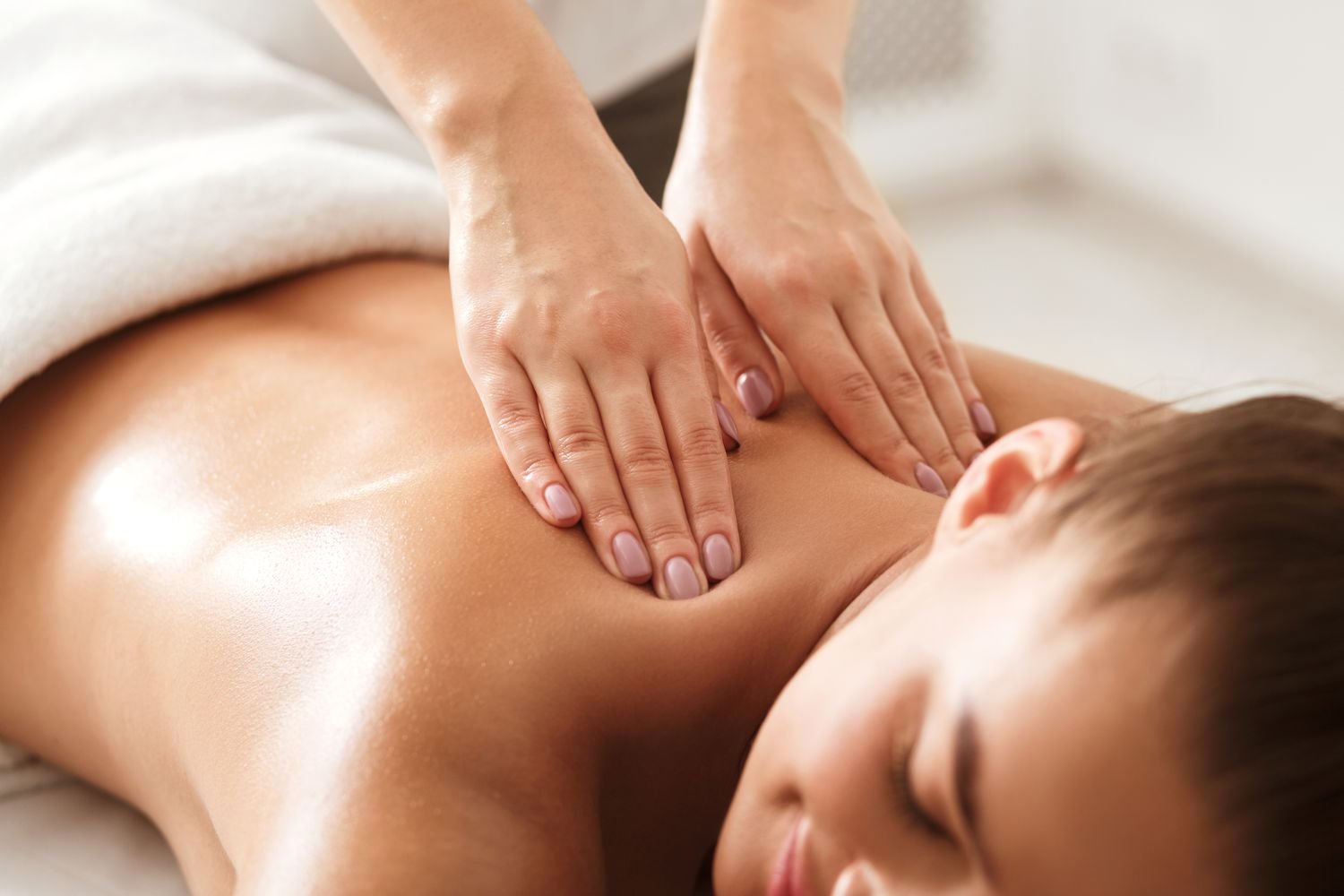What is Swedish Massage?
Swedish massage is one of the most commonly talked about types of massage and it forms the basis of most massage techniques we know of today. Most people think of Swedish massage when they are considering receiving massage here in the United States and it encompasses a relaxation technique of light and/or deep pressure designed to increase circulation, mobility in the joints, reduce stress, reduce anxiety, and relieve pain.
There are 5 main distinctive strokes used in Swedish Massage to accomplish this technique.
They included long gliding strokes, kneading, tapping, friction, and vibration all to stimulate circulation and affect the central nervous system.
1. Effleurage:
Long, gliding, sweeping, scooping, symmetric, and asymmetrical strokes. Usually, these are the opening and closing strokes of a Swedish massage. As an opening stroke, it is designed as a lotion distribution, for the client to get used to the therapist’s touch, and for the therapist to feel around for knots and adhesions to see where the focus needs to be. This stroke warms up the skin and starts to bring blood flow to the muscles.
2. Petrissage:
Muscle kneading and rolling. This can be imagined as if one was kneading a pile of cookie or pizza dough typically in figure 8 (left to right) motion. This stroke in Swedish massage is designed to pull and stretch the muscle tissue away from the bone to loosen it and begin to break apart the adhesions.
3. Friction:
Deeper pressure is applied to a “knot” in the muscle or restriction around a joint using the thumb, fingertips, or knuckles. This helps to break up adhesions (When muscles are tight and circulation is sluggish, fascia becomes dehydrated and sticky. The layers of the fascia may stick together or the fascia may stick to muscles or skin. Following an injury, fascia may also become attached to scar tissue as it forms).
4. Tapotement:
Rhythmic tapping or fast percussion movements on the belly of the muscle (thick, meaty part of the muscle, i.e. calf muscle or quad muscle) using chopping, hacking, pounding, cupping, and plucking. This technique is used to increase blood flow and to aid in warming the deeper muscle layers and connective tissue.
5. Vibration:
Stimulates the nervous system and includes two basic motions; jostling and shaking. The speed and firmness of this movement are based on individual client needs. Jostling is designed to get the circulation of blood flowing and stimulated to the tissue being worked. This involves pinching and grasping at the muscle giving it a motion of vibration and shaking. Shaking is designed to loosen the ligaments providing stimulation to the joints to keep them flexible and mobile.
If you are new to massage therapy, Swedish massage is a great choice to start with.
The reason for this is that it can alleviate many ailments and allow the body to get used to massage in the future. When an activity is rare or not possible Swedish massage can help the body achieve better balance by stimulating circulation that is so desperately needed to keep the muscles and connective tissue working optimally. Don’t be afraid to search around for a therapist that can meet these basic needs and then work perhaps into a Deep Tissue massage or even a Neuromuscular massage in the future. Our needs change and massage is adaptable.


